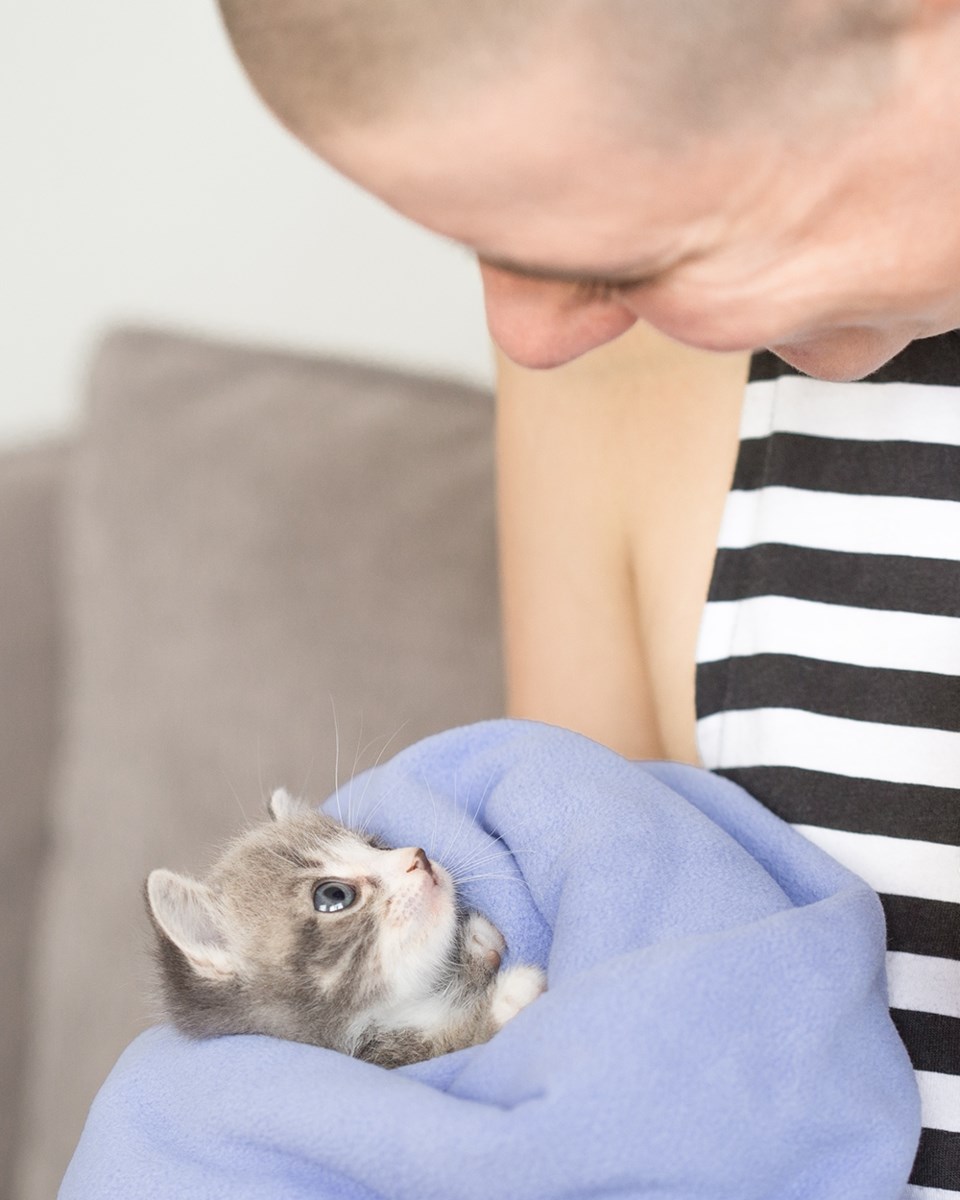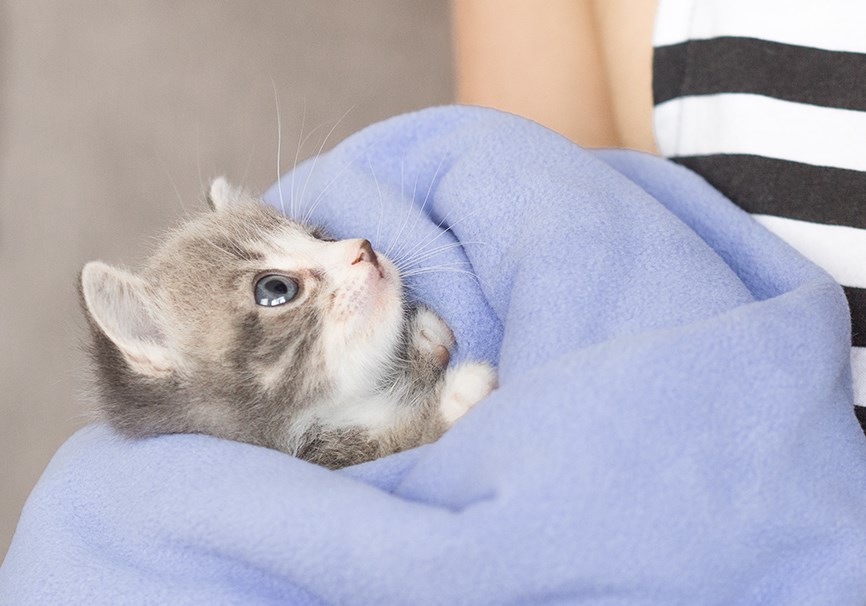You’d be hard-pressed to spot a feral cat roaming the streets of Vancouver today, but there was a time when our city was home to as many as 9,000 free-roaming felines that hunted and bred in colonies.
“There were so many feral colonies,” recalls Vancouver resident Maria Soroski, 58, who volunteered with the BC SPCA Vancouver Animal Hospital on East 7th Avenue starting in the 1990s.
After taking over running the hospital’s program to place cats in foster homes, Soroski discovered that many kittens were being dropped off from the same addresses, but without their mothers.
The reason, she later discovered, was because the kittens were part of larger colonies of cats born on the street —feral cats, which are very afraid of humans, difficult to catch and often not suitable for adoption.
To help stem the growth of the feral cat population, Soroski and another BC SPCA volunteer, Karen Duncan, co-founded the Vancouver Orphan Kitten Rescue Association (VOKRA) in 2000.
“No cat deserves to be homeless and fending for itself on the streets; it’s just not right,” says Soroski, who is also a retired registered nurse. “Cats are to be our companions and have responsible caretakers, and not to be searching for food and running down lanes.”
The work of VOKRA — along with the BC SPCA and other community organizations and volunteers — has since reduced the number of free-roaming cats in Vancouver to less than 300, and most of the colonies are either under control or have died out. The reason for this shift, says Soroski, is because feral cats were spayed or neutered.
Soroski and VOKRA were pioneers of trap-neuter-return (TNR) in Vancouver, a protocol where a feral cat is caught humanely in a cage; sent to a vet to be sterilized, tattooed, vaccinated and treated for any medical issues; and then returned to its colony, where volunteers ensure it has shelter and is given food and water daily. Kittens and tame strays are placed into a foster home and then put up for adoption.

VOKRA doesn’t operate an animal shelter, but instead relies on a system of around 350 foster homes for cats suitable for adoption. In 2016, volunteers took in 1,428 cats and 1,254 were adopted.
Cats that are too wild to be adopted and who cannot be returned to their colonies because of construction or other changes to their former living environment may be placed on horse farms, where they become professional mousers, says Soroski. Some that are too old or unwell are placed into long-term foster homes.
“The whole idea of what constitutes animal welfare has exploded since about 1998,” says Dr. James Lawson, a veterinary advisor with the BC SPCA.Lawson remembers when volunteers in the early 2000s would bring in 60 to 100 cats to be sterilized in a day. Within the past couple of years, he says, “it’s got to the point where people didn’t have cats to bring in.”
Many policy changes have improved outcomes for cats in shelters, Lawson adds, such as requiring a minimum of 11 square feet of kennel space per cat, something that has substantially reduced upper respiratory disease among sheltered cats. Improved treatments and aggressive TNR practices have also resulted in a dramatic drop in euthanasia rates, to a point where the BC SPCA “no longer euthanizes animals that are adoptable,” Lawson says.
“We spend often several thousand dollars on an animal to get it to the point that it can find a home.”
Around 400 volunteers and countless donations from individuals are the backbone of VOKRA’s operation, which raises money for trapping supplies and, mostly, veterinary bills for spaying and neutering cats.
It’s a labour of love, and one that many residents seem more than happy to take on.
East Vancouver resident Tania Hennessy, 34, became a foster family for VOKRA cats in 2008, after she and her husband arrived in Vancouver from New Zealand and realized they were missing a furry friend in their lives.
“When we first arrived, my husband and I didn't know how long we'd be able to stay in the country, so fostering was a perfect fit,” Hennessy recalls.
“It allowed us to care for cats and kittens in need and enjoy feline companionship when we couldn't commit to adopting. By the time we got residency and knew we were staying in Vancouver, we were hooked on fostering and how it suited our lives.”
The couple has fostered 150 cats and kittens through VOKRA to date, including “a sweet little three-legged amputee,” a semi-feral cat, “three tiny kittens who were found without their mother” and a pregnant cat that “gave birth to five kittens in our bathroom.”
VOKRA, which is also the subject of an OUTtv show called Kitty 911, runs several fundraising events throughout the year, including a Walk for the Kitties in September. The organization posts information about volunteering, becoming a foster family and caring for cats on their website and Facebook page.



